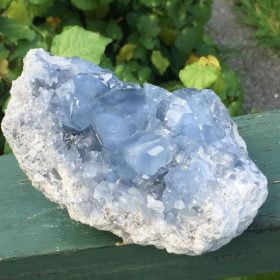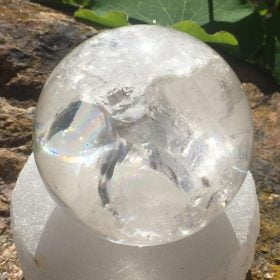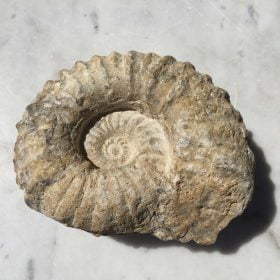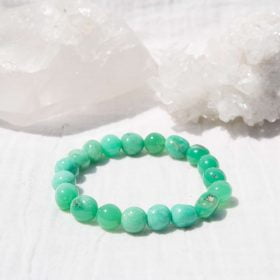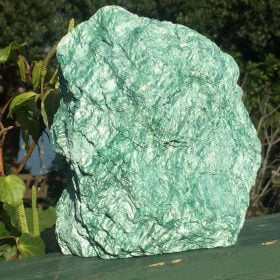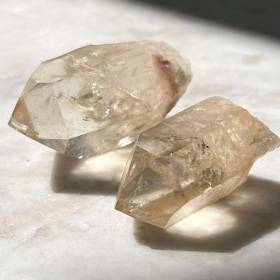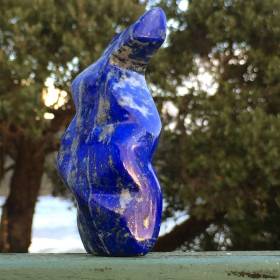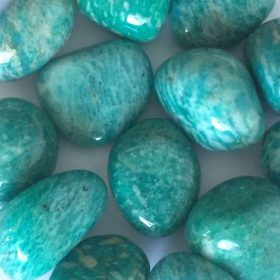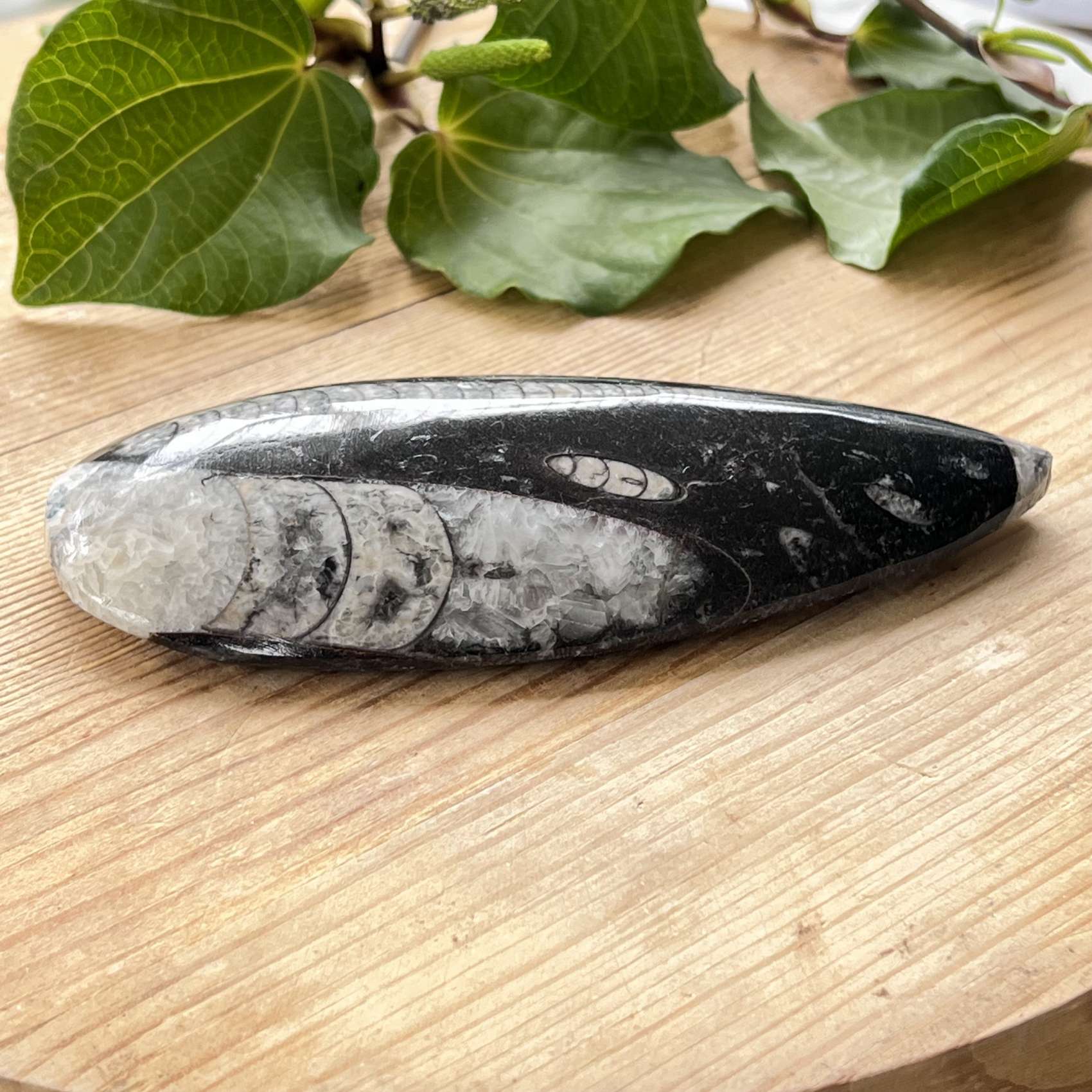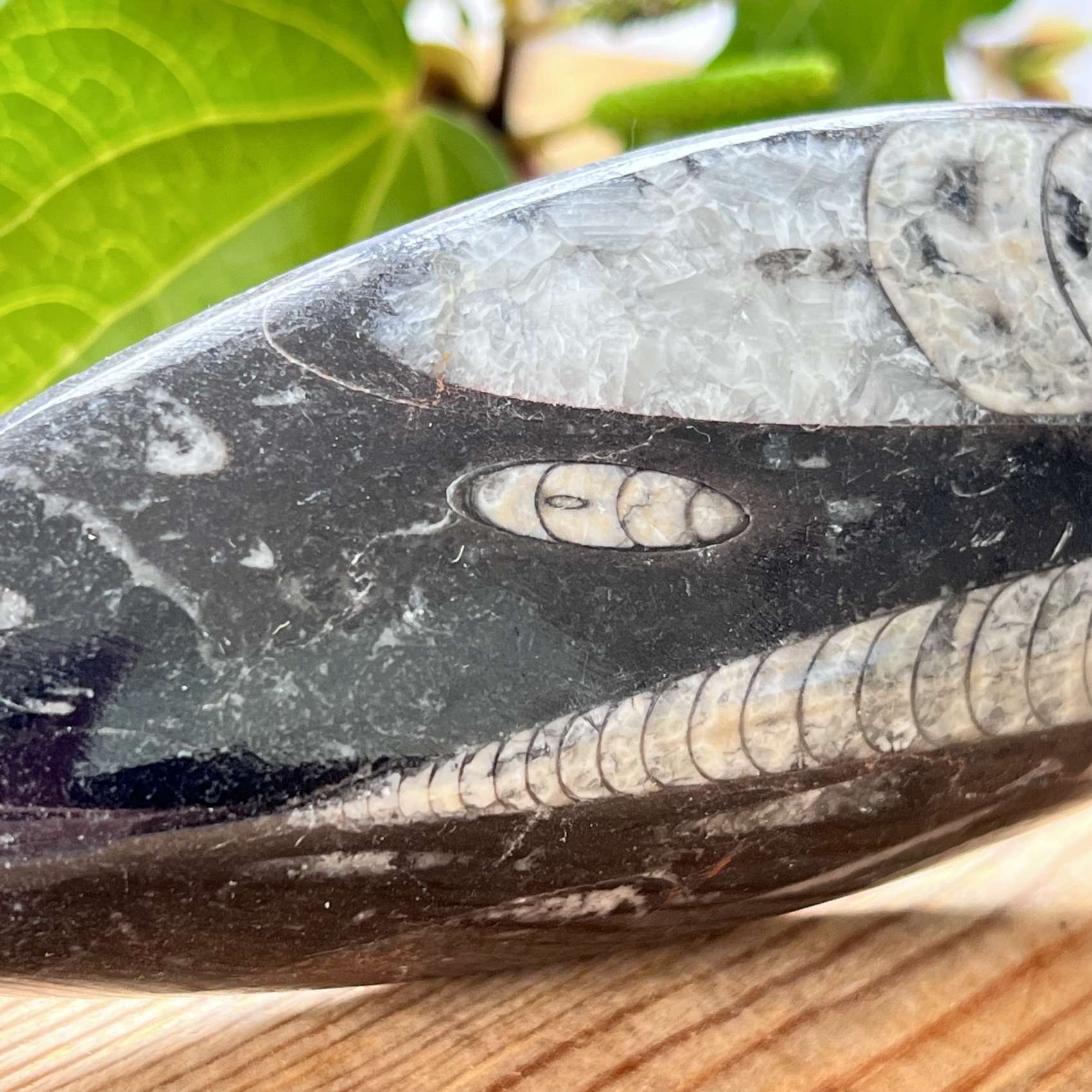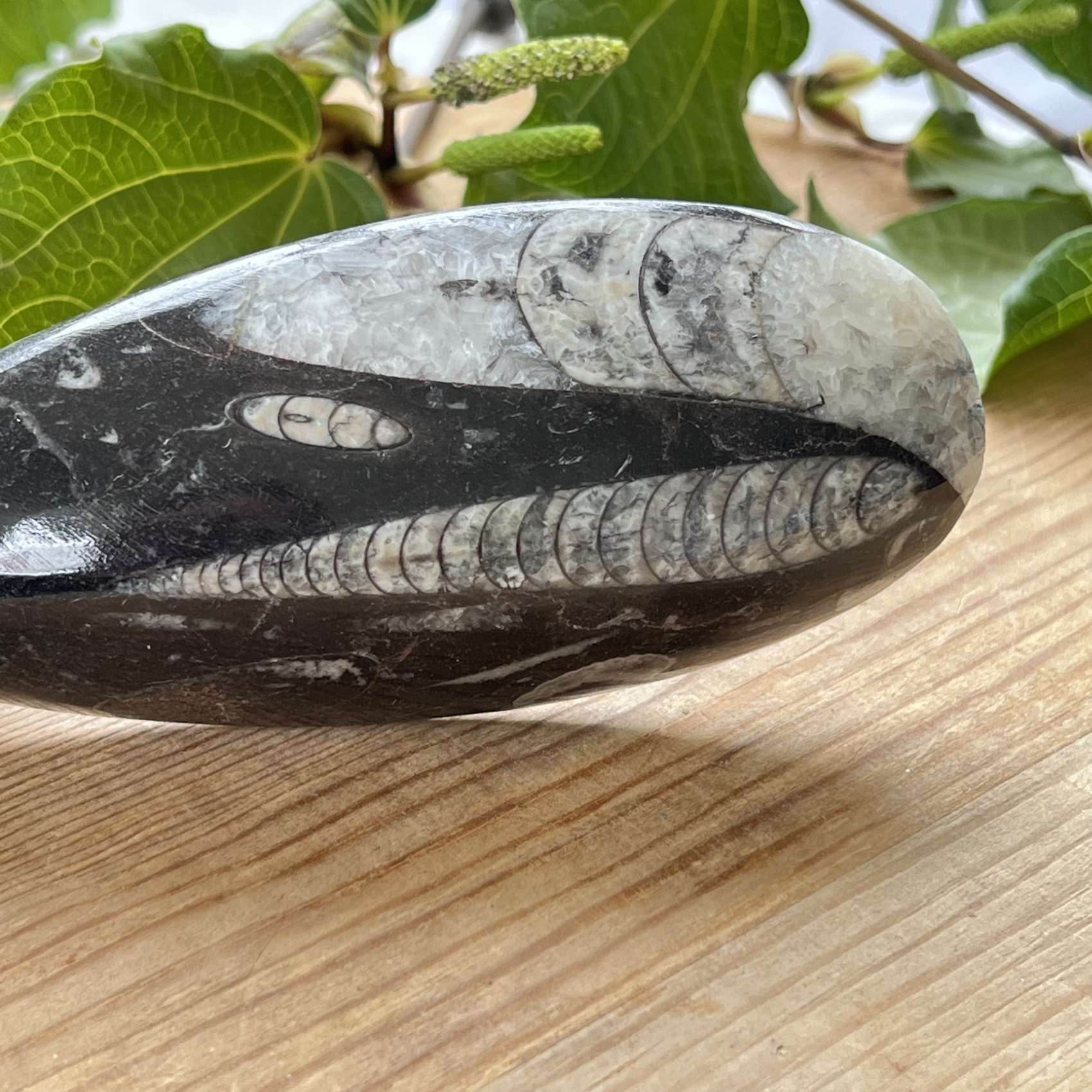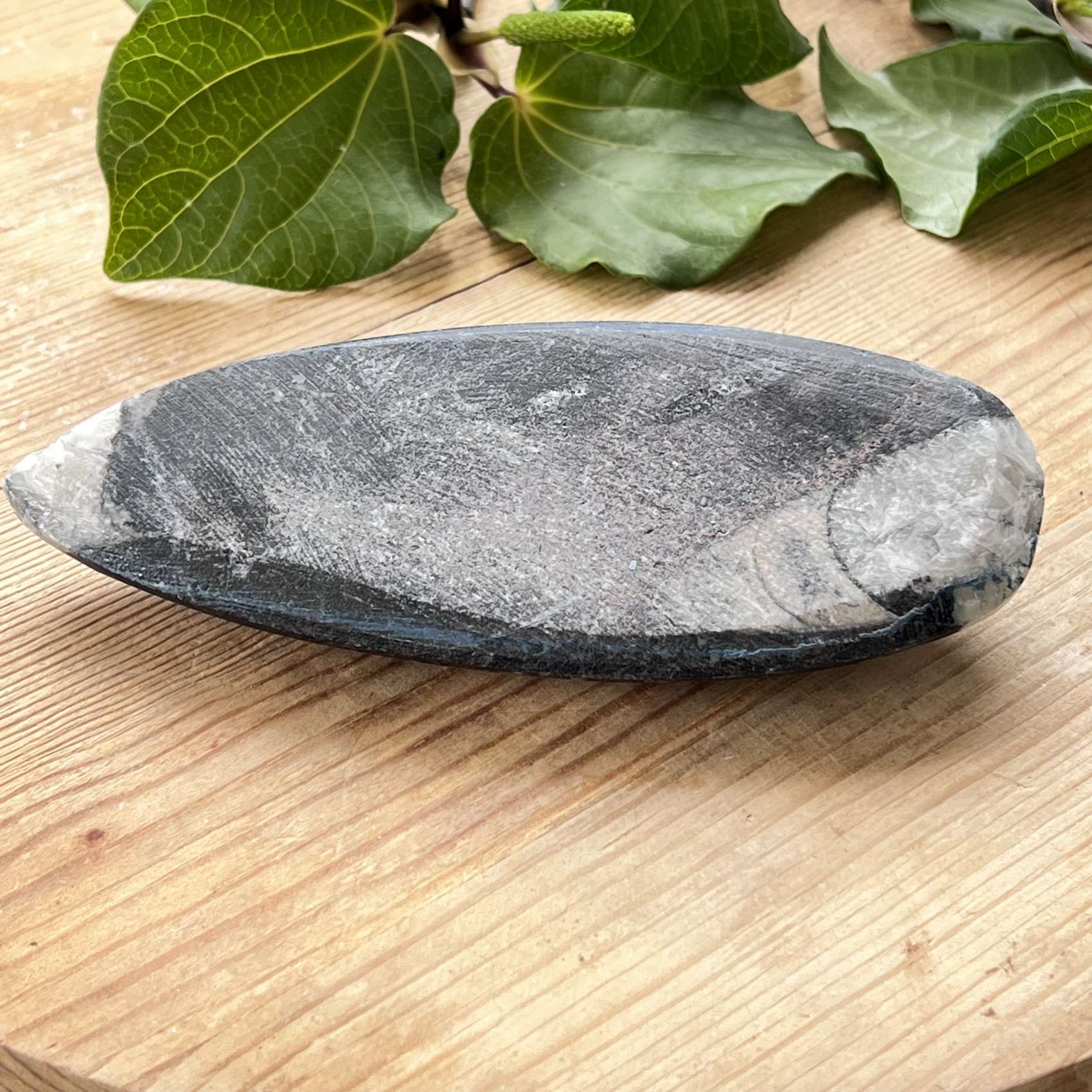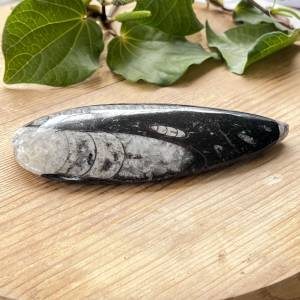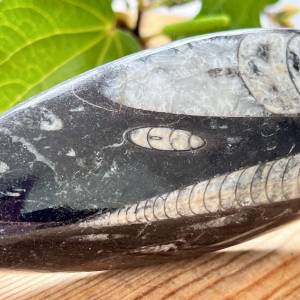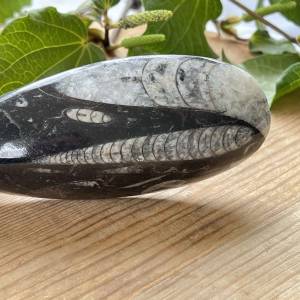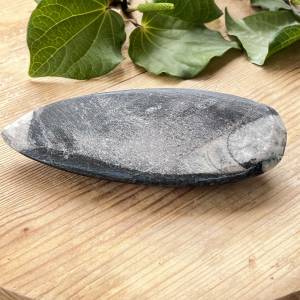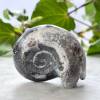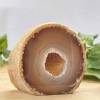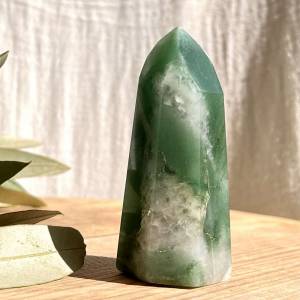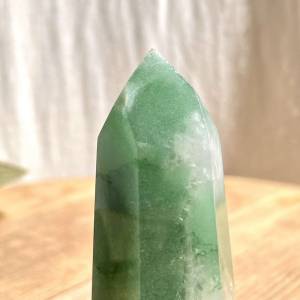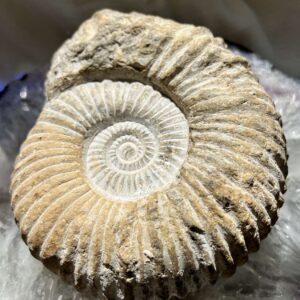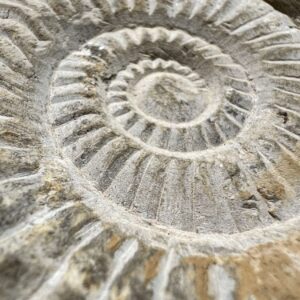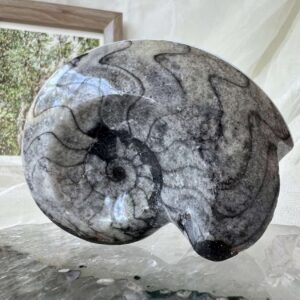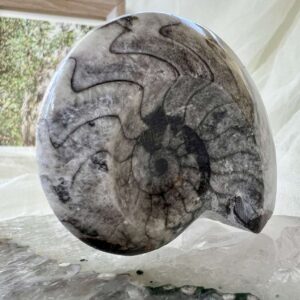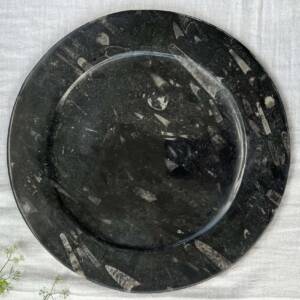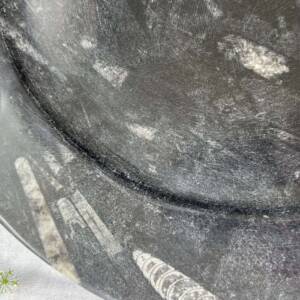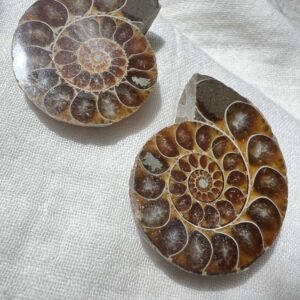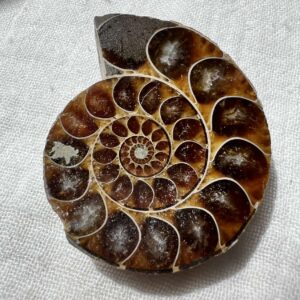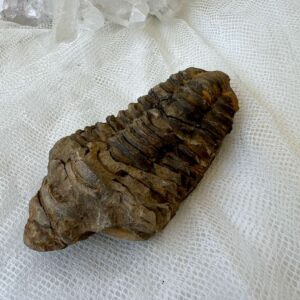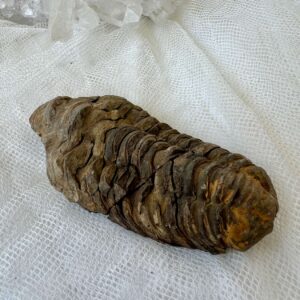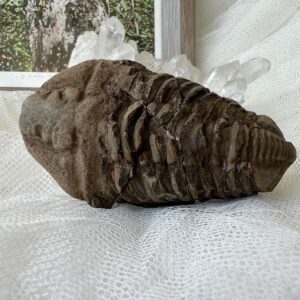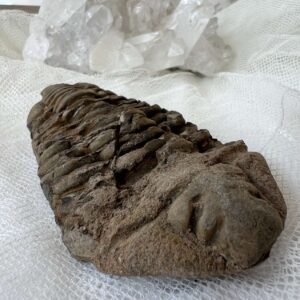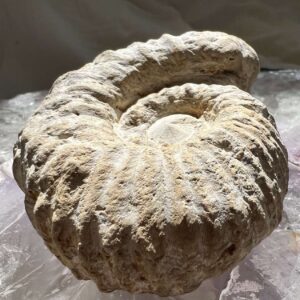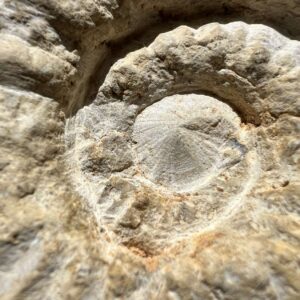Orthoceras
These ‘straight horn’ fossils are a slender, conical shaped extinct form of cephalopod which is thought to have lived in all the worlds oceans. The Greek word cephalopod literally means ‘head foot’ which is a reference to their ‘arms’ or tentacles formed on the head.
This extinct relative of modern squid, octopus, cuttlefish and nautilus is very distinctive, with clearly visible chambers, each one larger as they grew by sealing off the previously inhabited section and moving into the new outer chamber.
While it is not known exactly how long they lived, they are thought to have stayed on the sea bed or just above, feeding on trilobites and other arthropods, using their gas filled chambers for buoyancy and the tentacles which grew from around their mouth, for feeding and propulsion. Their siphuncle, which runs along the centre of the invertebrate, was filled with water for backward propulsion and gas for rising and dropping within the sea.
Their discovery all together in large numbers has led to speculation that there were mass die off incidences post-mating, which also occurs in modern cephalopods and other species that mate once in a lifetime.
While we may never know the detail of their biology, this habit means that the fossils we now see are often full of many individuals and occasionally beautifully preserved tentacles can also be seen.

